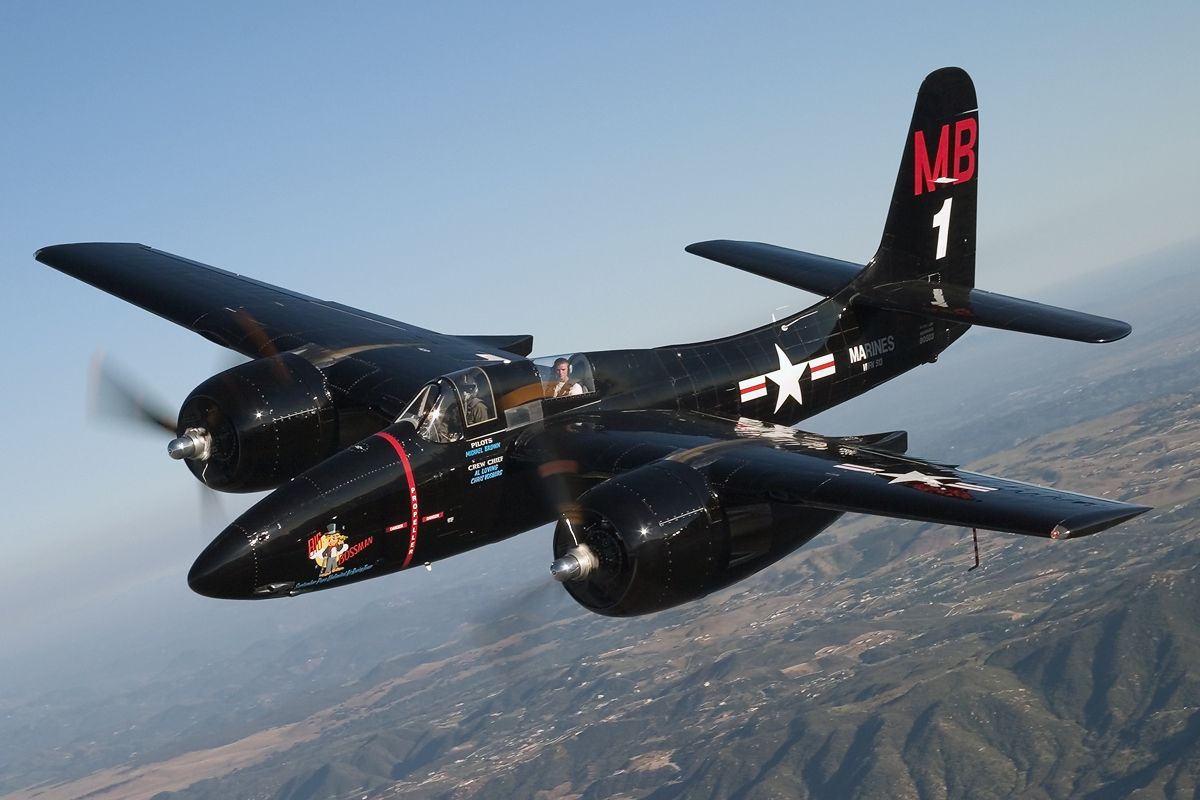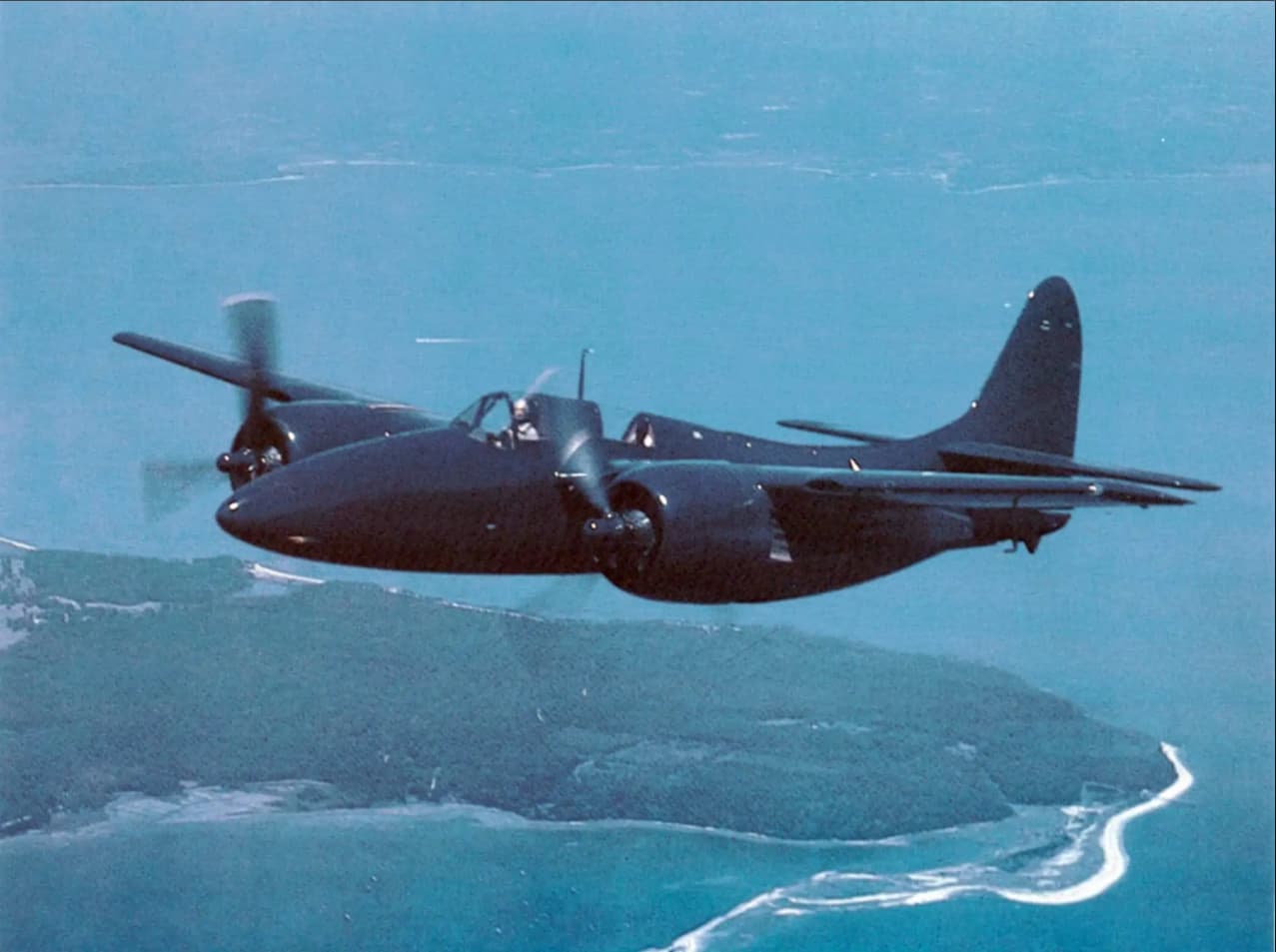The F7F-2N, The Night Interceptor Too Late For WWII
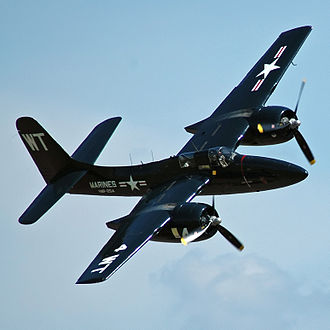
Aerial Visuals - Airframe Dossier - Grumman F7F-3P Tigercat, s/n 80503 USN, c/n C-245, c/r N747MX
- Yes
- No
- 6.0
- 6.3
- 6.7
- I voted No
- Tech Tree
- Premium
- Event
- Battlepass
- I Voted No
Current Tree Context & Proposed Placement
Right now, U.S. props have a notable jump between BR 6.3 and BR 7.0 in the twin-engine/night-fighter niche, and all together except for 2 market planes.
- F7F-1 Tigercat sits at BR 6.3 (single-seat, no radar) .
- F7F-3 Tigercat is only available as an event premium at BR 6.3). F7F-3 | War Thunder Wiki
- Rank V (jets) arrive at BR 7.0 (F-80A-5 Shooting Star at 7.0). F-80A-5 | War Thunder Wiki
There is a gap from 6.3 to 7.0 in the US tech tree and this plane would fit right in there.
Proposal:
- Unfolder the existing F7F-1 (6.3) into a new “F7F Tigercat” node beneath the F8F-1B Bearcat (6.3).
- Within this “F7F Tigercat” node, include:
- F7F-1 Tigercat (single-seat, no radar) – stays BR 6.3.
- F7F-2N Tigercat (two-seat, AN/APS-6 radar) – added at BR 6.7.
AN/APS-6 - War Thunder Wiki
This creates a seamless progression:
- F6F-5N Hellcat (4.3) - F6F-5N | War Thunder Wiki
- F4U-1C Corsair (4.7) - F4U-1C | War Thunder Wiki
- F4U-4B Corsair (5.7) - F4U-4B | War Thunder Wiki
- F8F-1B Bearcat (6.3) - F8F-1B | War Thunder Wiki
- F7F-1 Tigercat (6.3) - F7F-1 | War Thunder Wiki
- F7F-2N Tigercat (6.3)
- Jets at Rank V begin at BR 7.0 (F2H-2 is 7.3) - F2H-2 | War Thunder Wiki
Historical & Technical Lineage
Spoiler
- F7F-1 Tigercat (BR 6.3)
- Production & Service:
- First flight: November 2, 1943. Grumman F7F Tigercat - Wikipedia
- 34 built as F7F-1/F7F-1N (some with wing–pod radar). Grumman F7F Tigercat - Wikipedia
- Land-based use by VMP-354 from Guam (June 1945) to Okinawa (July 1945) on photo-recon missions . USAAF History Museum
- In-Game Stats:
- BR 6.3; 4×20 mm + 4×.50 cal MG; rockets; 2×500 lb bombs, 1x1000lb; top speed ~728 km/h at 5 181 m; climb ~3 300 ft/min; poor low-speed handling. F7F-1 | War Thunder Wiki
- F7F-2N Tigercat (Proposed at BR 6.7)
- Production & Role:
- 65 built between late 1944 and mid 1946 as a two-seat night fighter with AN/APS-6 radar in the nose and a tandem radar-operator cockpit. Grumman F7F Tigercat - Wikipedia
- Intended for VMA(N)-513 on Okinawa, but “few, if any, saw frontline interception before war’s end.”
Military History Wiki - VMFAT-502 (513 was renamed/Integrated)
Military History Wiki - F7F Tigercat
- Combat Use:
- Late Pacific, Summer 1945: Primarily training sorties over Okinawa.
- Korean War (1950–51): VMF(N)-513 flew F7F-3N Tigercats (an evolution of the 2N); they scored two Po-2 biplane kills on night missions. Grumman F7F Tigercat - Wikipedia
- P-61C-1 Black Widow (BR 4.0)
- The P-61C-1 is at BR 4.0 (Rank III/IV). P-61C-1 | War Thunder Wiki
- It carried APS-6/APS-13 radar and 4×20 mm + 4×.50 cal MG with remote turrets, 4x500lb, 4x1000lb Bombs.
P-61C-1 | War Thunder Wiki
- F6F-5N Hellcat (BR 5.7)
- Single-seat night fighter with AN/APS-6 radar in wing pods; 2×20 mm + 4×.50 cal MG; rockets; HVARs, Tiny Tims, 500lb and 1000lb bombs, and a MK.13 Case Torpedo.
F6F-5N | War Thunder Wiki
- Jet Entry (Rank V, BR 7.0+)
- F-80A-5 Shooting Star enters at BR 7.0, marking the beginning of jet-era U.S. fighters .
Radar Performance (Historical)
Spoiler
- AN/APS-6 Radar (Mark 22 Mod 0):
- Detection Range: ≈ 2–2.5 km for a B-17 target.
- Enabled night-time intercepts over Okinawa and in Korea, though ground clutter under ~1,500 m could hinder contacts.
- The F7F-2N’s nose-mounted arrangement offered slightly better forward view versus wing-pods but added ~450 lb of weight/drag.
Note: This describes real-world radar capability, slight adjustments to match other planes with the AN/APS-6 might be needed (e.g., F6F-5N, P-61A-11).
History of the F7F and -2N Tigercat
Spoiler
| Date / Event | Details |
|---|---|
| 1943, Nov 2 | First flight of the F7F Tigercat prototype. |
| 1944 | Initial production of the F7F-1 single-seat Tigercat begins; 34 units built. |
| Late 1944–46 | Production switches to the F7F-2N, a two-seat night fighter variant fitted with AN/APS-6 radar. 65 built. |
| Mid 1945 | Marine night fighter squadron VMA(N)-513 expected to receive F7F-2Ns for Okinawa. Few if any see frontline combat before war’s end. |
| Summer 1945 | F7F-2Ns primarily used for training and night interception patrols around Okinawa. |
| 1946–1949 | Post-war period; F7F-2Ns remain in Marine Corps service as primary night fighters. |
| 1950–1951 (Korean War) | VMF(N)-513 flies F7F-3N, a development of the 2N; achieves two confirmed kills of enemy Po-2 biplanes. |
| Early 1950s | The F7F series is gradually phased out in favor of jet aircraft. |
The Grumman F7F-2N Tigercat was a night-fighter variant of the powerful twin-engine F7F series, developed late in World War II. Originally intended for aircraft carrier operations, the F7F was designed to outperform existing single-engine Navy fighters in speed, range, and firepower. The F7F-2N was one of the earliest dedicated night-fighter models, with a nose-mounted AN/APS-6 radar in place of the standard four 20mm cannons. This version carried a second crew member, a radar operator, seated behind the pilot in a tandem cockpit configuration, giving it a distinctive profile compared to the single-seat variants.
Only 65 units of the F7F-2N were produced, as the war ended before they could be deployed in combat. Their performance, however, was remarkable for the time—boasting a top speed of over 400 mph and an impressive climb rate, thanks to two Pratt & Whitney R-2800 Double Wasp engines. Despite its power and advanced systems, the F7F-2N was never deployed aboard carriers due to concerns about its size and landing characteristics. Instead, it operated from land bases, limiting its integration into the Navy’s core carrier-based operations.
The F7F-2N served briefly in the Marine Corps during the immediate post-war period. It was primarily used for training and evaluation, helping to shape tactics for future radar-equipped fighters. Although it saw no combat in World War II or Korea, it played a crucial transitional role in the evolution of American night-fighter doctrine. The lessons learned from the F7F-2N’s design and operation influenced later aircraft such as the F3D Skyknight and F4D Skyray.
Today, the F7F-2N is a rare and fascinating example of wartime innovation arriving just too late to make an impact. Surviving examples are found in museums or in the hands of warbird collectors. Their sleek design, heavy armament, and twin-engine layout make them stand out among WWII aircraft. Though its combat legacy is minimal, the F7F-2N remains a significant stepping stone in the shift toward all-weather and radar-guided air combat during the Cold War era.
Performance & Gameplay Considerations (Air & Ground)
Spoiler
- F7F-2N vs. F7F-3 (premium):
- Identical armament and ordnance, but the F7F-2N’s radar + second crew add ~450 lb of weight/drag.
Grumman F7F Tigercat - Wikipedia - F7F-3 (premium) climbs ~100 ft/min faster and is ~15 km/h quicker at altitude, but lacks radar.
F7F-3 | War Thunder Wiki
- Identical armament and ordnance, but the F7F-2N’s radar + second crew add ~450 lb of weight/drag.
- Payload & Ground Attack:
- At BR 6.3, the F7F-2N becomes the only non-premium U.S. prop able to field 4×20 mm + 4×.50 cal + rockets + it’s array of ground munitions with genuine AN/APS-6 radar—making it a versatile air-ground platform.
Aviation | War Thunder Wiki
- At BR 6.3, the F7F-2N becomes the only non-premium U.S. prop able to field 4×20 mm + 4×.50 cal + rockets + it’s array of ground munitions with genuine AN/APS-6 radar—making it a versatile air-ground platform.
List of available weapons
| Name | Weight | Slot | ||||||||||
|---|---|---|---|---|---|---|---|---|---|---|---|---|
| HVAR rockets | 62.8 kg | 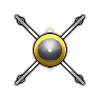 |  |  |  |  |  |  |  | |||
| Tiny Tim rockets | 534.2 kg | 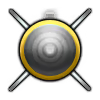 |  |  | ||||||||
| 500 lb AN-M64A1 bomb | 242.6 kg | 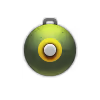 |  | |||||||||
| 1000 lb AN-M65A1 bomb | 500.8 kg | 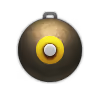 |  |  | ||||||||
| 1000 lbs Type A Mark I aircraft laid magnetic mine | 494.4 kg |  |  |  | ||||||||
| 1600 lb AN-Mk 1 armor-piercing bomb | 721.2 kg | 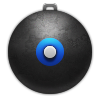 | ||||||||||
| 2000 lb AN-M66A2 bomb | 996.3 kg | 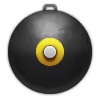 |
This is the loadout of the F7F-3, which the -2N should be able to use because the hardpoints are on all F7F’s past the -1, although not always used. Aviation | War Thunder Wiki
Why BR 6.7 Is Appropriate for the F7F-2N
Spoiler
- Armament & Weight: Its 4×20 mm + 4×.50 cal matches the F7F-3’s, while the extra ~450 lb of radar hardware and second crew station justifies a moderate BR bump over the F7F-1’s 6.3.
Grumman F7F Tigercat - Wikipedia - Performance Comparison:
- Vs. F7F-1 (6.3): F7F-2N loses ~10 km/h top speed but gains true night-fighter capability.
- Vs. P-61C-1 (4.0): P-61C-1 sits much lower, with less straight-line speed; F7F-2N outclimbs and outruns it at mid altitudes.
- Vs. F-80A-5 (7.0): The F-80A-5 outruns most props, so BR 6.7 keeps the F7F-2N clear of jets.
- Gap Filling: BR 6.3 currently houses only the F7F-3 premium for U.S. props. Adding the F7F-2N allows free research instead of forcing a premium/marketplace purchase. (This plane would work well with the 6.7 heavies of the US ground tree)
Ground Vehicles | War Thunder Wiki
Visuals & Liveries
Below are links to camo references that could serve as research-tree skins for the F7F-2N. Some are skins for alternate version of the F7F and could be added as non-historical skins or put on other Tigercat variants.
- VMF(N)-542 (Korean War, 1950)
Spoiler
- Camo: Deep blue paint, white “7” squadron codes on nose/tail.
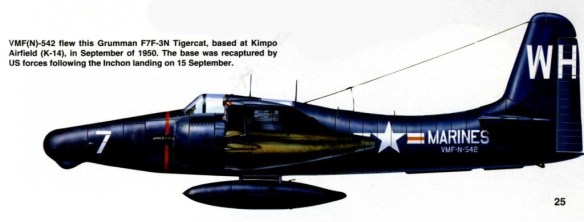
- Post-War Firebomber (Civilian 1960s)
Spoiler
- Camo: Black nose stripe, red fuselage stripe, white “N-number” on tail.
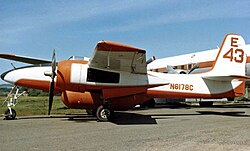
Aerial Visuals - Airframe Dossier - Grumman F7F-3P Tigercat, s/n 80425 USMC, c/n C-167, c/r N909TC
- Experimental Drone Controller (F7F-2D)
Spoiler
- Camo: Light gray fuselage with USN “BuNo” and “Drone Controller” stencils.
*I could not find a color picture. References for the camo and how the Navy/Marines would/did paint it can be found online.
- Black Marine Camo “Big Bossman” (Civilian ~2009)
Spoiler
- Camo: Black fuselage, red “MB” on tail and art on nose. (Tomcat dressed in suit holding a bomb over shoulder and browning machine gun as cane)
Aerial Visuals - Airframe Dossier - Grumman F7F-3P Tigercat, s/n 80503 USN, c/n C-245, c/r N747MX
After 30 minutes of searching online, I’ve found more references of this aircrafts decals.
(Aerial Visuals - Airframe Dossier - Grumman F7F-3P Tigercat, s/n 80503 USN, c/n C-245, c/r N747MX)
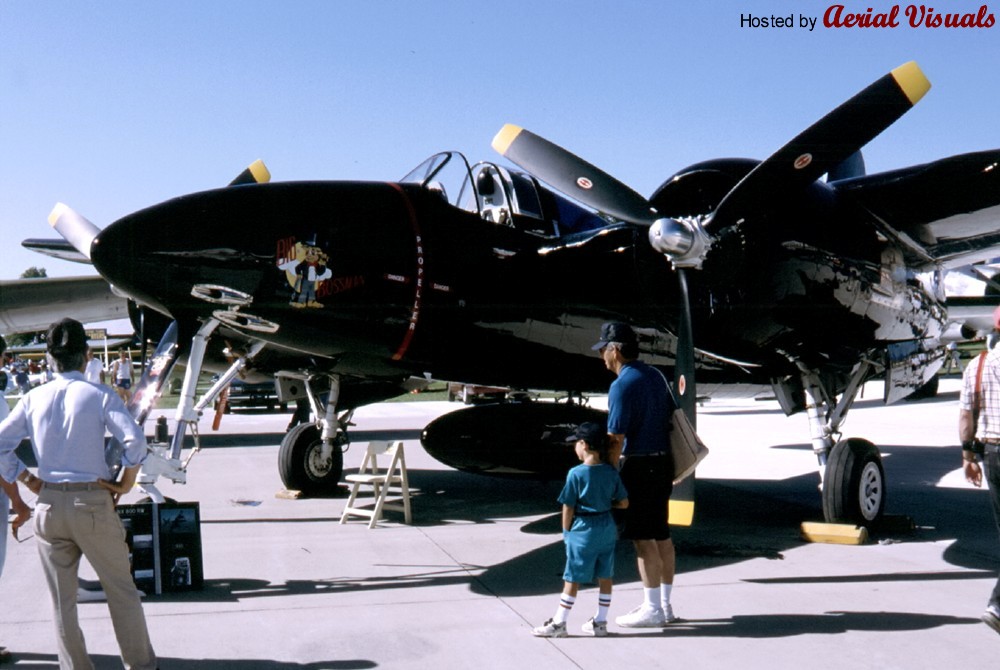
Aerial Visuals - Airframe Dossier - Grumman F7F-3P Tigercat, s/n 80503 USN, c/n C-245, c/r N747MX
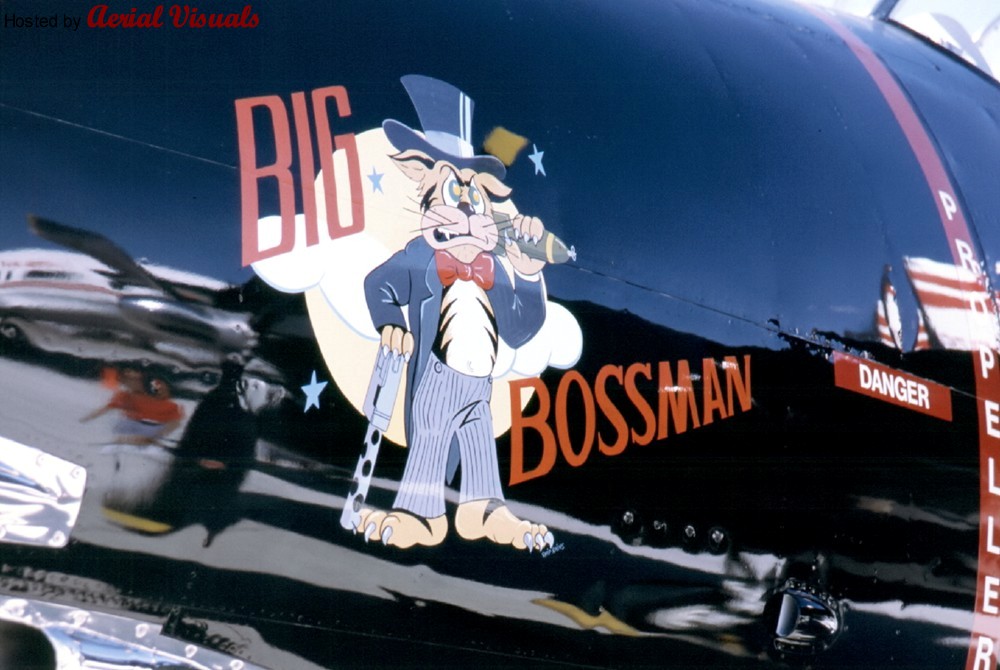
Aerial Visuals - Airframe Dossier - Grumman F7F-3P Tigercat, s/n 80503 USN, c/n C-245, c/r N747MX
- Light Gray “La Patrona” (Same aircraft as previous, ~2011)
Spoiler
- Camo: Black fuselage, red “MB” on tail and art on nose. (Showing woman in red dress sitting down, smoking and holding a “Tommy Gun”)
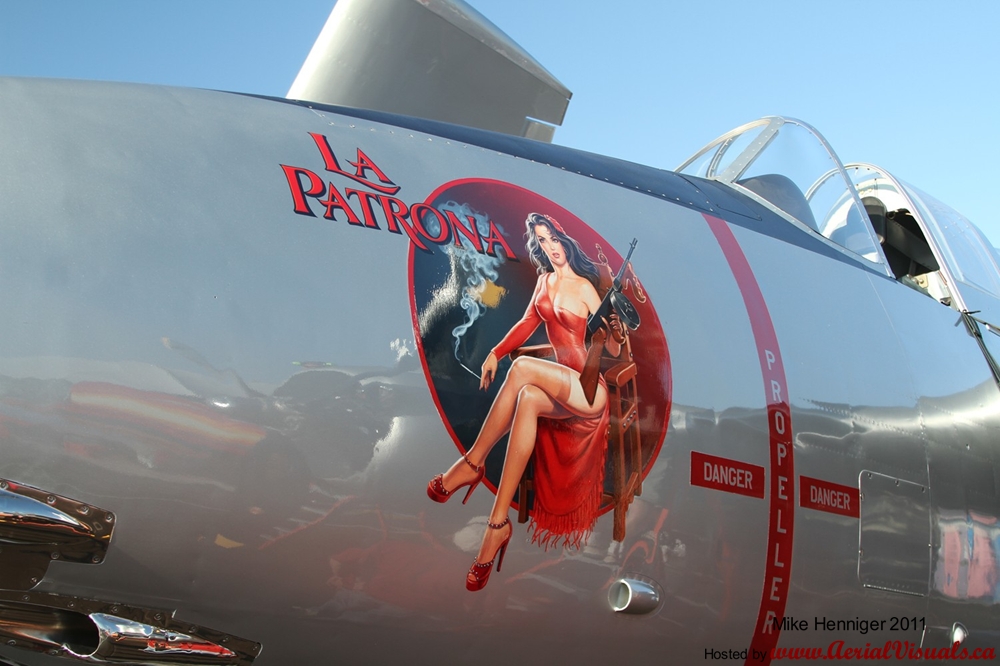
Aerial Visuals - Airframe Dossier - Grumman F7F-3P Tigercat, s/n 80503 USN, c/n C-245, c/r N747MX
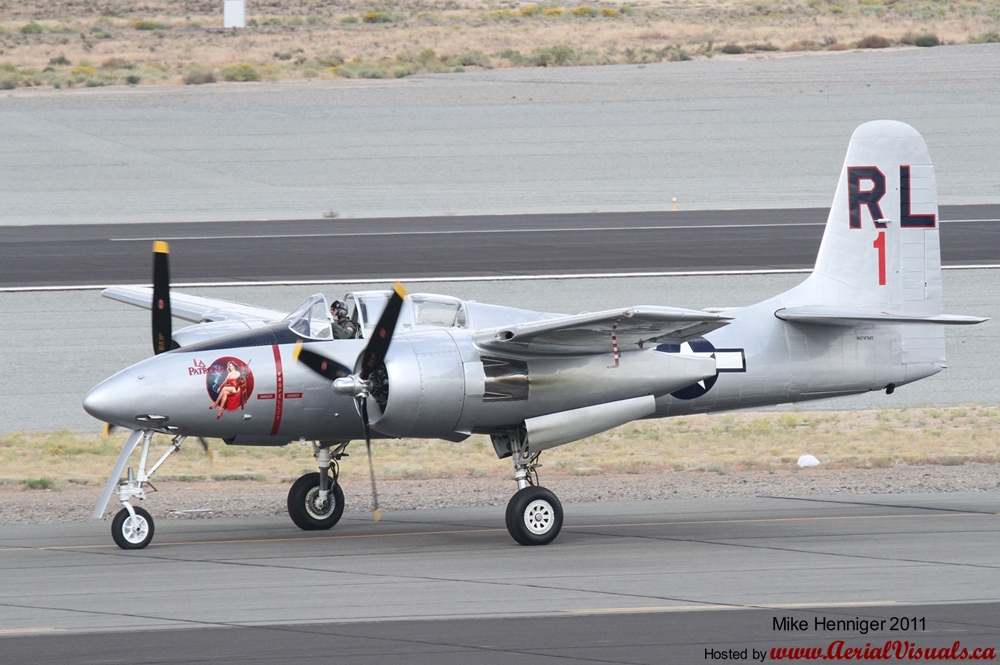
Aerial Visuals - Airframe Dossier - Grumman F7F-3P Tigercat, s/n 80503 USN, c/n C-245, c/r N747MX
- Blank Blue Paint
Conclusion & Implementation Request
Spoiler
By unfoldering the F7F-1 and adding the F7F-2N at BR 6.7 under the F8F-1B, Gaijin would:
- Close the U.S. radar/aircraft gap between F7F-1 (6.3) and jets at BR 7.0.
- Provide a free, researchable heavy-prop capable of 4×20 mm + 4×.50 cal + rockets +3×1000lb bombs + 1×2000lb bombs, + HVAR, + Tiny Tim, + other bombs and laid mines with AN/APS-6 radar.
- Reflect historical accuracy: 65 production F7F-2Ns served in late Pacific training and saw true combat in Korea.
- Offer mixed-role gameplay: intercept at dusk/night, then switch to ground pounding with bombs/rockets in combined battles.
Thank you for considering the F7F-2N Tigercat at BR 6.7. It’s historically justified, gameplay-balanced, and enhances the mid-tier U.S. aviation tree.
Note: Data and Information is as accurate as I could make it. If you find an error please comment and I will revise.
